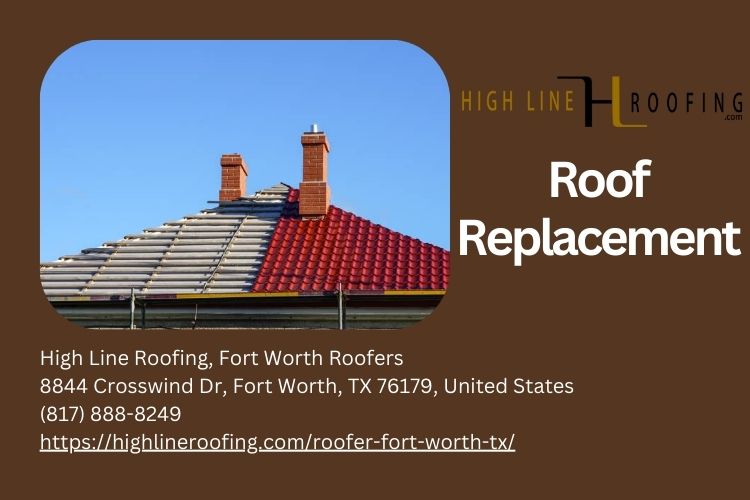Introduction
When it comes to maintaining the integrity of your home, few aspects are as crucial as your roofing. It serves as the first line of defense against weather elements, and its choice can significantly impact your property’s aesthetics, durability, and energy efficiency. In this comprehensive guide titled Understanding Different Roofing Materials: A Guide from Roofers Near Me, we’ll explore various roofing materials available today, their benefits, drawbacks, and what you should consider based on your location and budget.
Choosing the right roof isn’t just about looks; it’s also about functionality. Hiring experienced roofers can make all the difference in ensuring a long-lasting installation. The phrase “ roofers near me” has become popular among homeowners seeking local expertise. In this article, we will delve into various materials used in roofing, helping you make an informed decision that suits your needs.
Understanding Different Roofing Materials: A Guide from Roofers Near Me
Roofing materials vary not only in appearance but also in performance and longevity. Here are some common types:
1. Asphalt Shingles
What Are Asphalt Shingles?
Asphalt shingles are perhaps the most widely used roofing material in North America. Made from a fiberglass base mat coated with asphalt and mineral granules, they offer a balance of affordability and durability.
Benefits of Asphalt Shingles
- Cost-Effective: They are generally cheaper than other roofing materials. Variety: Available in different colors and styles. Ease of Installation: Quick to install, making them a favorite among many roofers.
Drawbacks of Asphalt Shingles
- Lifespan: Typically last 15 to 30 years. Weather Vulnerability: Can be susceptible to wind damage if installed improperly.
2. Metal Roofing
Why Choose Metal Roofing?
Metal roofs have gained popularity for their longevity and unique aesthetic appeal. They come in various materials such as aluminum, steel, and copper.

Advantages of Metal Roofing
- Durability: Can last up to 70 years or more. Energy Efficiency: Reflects solar heat, reducing cooling costs. Environmentally Friendly: Often made from recycled materials.
Disadvantages of Metal Roofing
- Cost: Higher initial investment compared to asphalt shingles. Noise: Can be noisier during rain or hail unless insulated properly.
3. Tile Roofing
What is Tile Roofing?
Tile roofs are made from clay or concrete tiles that provide a distinctive look reminiscent of Mediterranean or Spanish architecture.
Pros of Tile Roofing
- Longevity: Can last over 50 years with proper maintenance. Fire Resistant: Excellent fire resistance due to non-combustible materials.
Cons of Tile Roofing
- Weight: Heavier than other options; may require additional support. Costly Installation: Higher labor costs due to complexity in installation.
4. Slate Roofing
The Luxury of Slate Roofing
Slate is one of the oldest roofing materials known for its beauty and longevity. It consists of natural stone cut into thin slabs.
Benefits of Slate Roofing
- Aesthetic Appeal: Adds elegance to any home. Long Lifespan: Can last over 100 years when maintained well.
Drawbacks of Slate Roofing
- High Cost: One of the most expensive roofing options available. Installation Complexity: Requires specialized skills for installation.
5. Wood Shakes and Shingles
What Are Wood Shakes?
Wood shakes are typically made from cedar or redwood and provide a rustic aesthetic that many homeowners desire.
Advantages of Wood Shakes/Shingles
- Natural Insulation Properties Attractive Appearance
Disadvantages
- Requires Regular Maintenance Vulnerable to Fire
6. Synthetic Roofing Materials
What Are Synthetic Roofs?
Synthetic roofs mimic traditional materials like wood or slate but are constructed from plastics or rubber composites.
Pros
Lightweight Affordable Eco-Friendly Options AvailableConclusions
In conclusion, selecting the right roofing material for your home involves understanding both practical needs and aesthetic preferences. Each type has its own set of advantages and disadvantages that should be weighed carefully before making a decision.
When searching for “roofers near me” or “roofers Fort Worth TX,” ensure you consult with professionals who can provide insights tailored specifically for your area’s climate conditions and building codes.
FAQs
1. What is the longest-lasting roofing material?
Slate roofs can last over 100 years with proper care.
2. How much does it cost to replace my roof?
Costs vary widely by material; asphalt shingles tend to be more affordable than metal or slate options.
3. Do I need a permit for roof replacement?
Yes, permits are usually required depending on local regulations; check with your local authorities or roofers near you for specifics.
4. How do I find reliable roofers?
Look online for reviews, ask for recommendations from friends or family, check credentials like licenses and insurance.
5. How often should I inspect my roof?
It’s advisable to inspect your roof at least once a year and after major storms for any potential damages.
6. Can I install new shingles over old ones?
While it’s possible, it’s generally recommended to remove old shingles to prevent future complications like leaks or structural issues.
Conclusion
In summary, choosing the right roofing material is integral to ensuring your home's safety while enhancing its curb appeal. By understanding different types roofers fort worth tx available through this guide titled "Understanding Different Roofing Materials: A Guide from Roofers Near Me," you're equipped with knowledge that will help you make an informed decision tailored to your specific needs—and remember—consulting professional roofers can provide invaluable insight tailored specifically for your home!
Contact Us
High Line Roofing, Fort Worth Roofers


8844 Crosswind Dr, Fort Worth, TX 76179, United States
Phone: (817) 888-8249